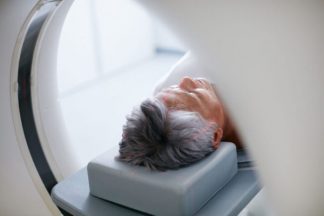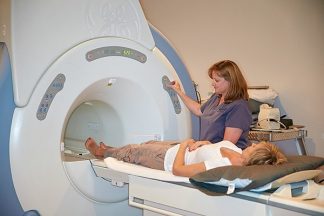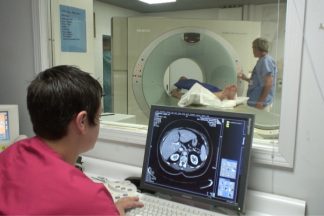Description
MRI can detect a variety of conditions of the lumbar spine, including problems with the bones (vertebrae), soft tissues (such as the spinal cord), nerves, and disks. An MRI sometimes is performed to assess the anatomy of the lumbar spine, to help plan surgery on the spine, or to monitor changes in the spine after an operation. For example, it can find areas of the spine where the spinal canal (which contains the spinal cord) is abnormally narrowed and might require surgery. It can assess the disks to see whether they are bulging, ruptured, or pressing on the spinal cord or nerves. MRI of the lumbar spine can be useful in evaluating symptoms such as lower back pain, leg pain, numbness, tingling or weakness, or problems with bladder and bowel control. It can also help to diagnose tumors, bleeding, swelling, developmental or structural abnormalities, and infections or inflammatory conditions in the vertebrae or surrounding tissues.
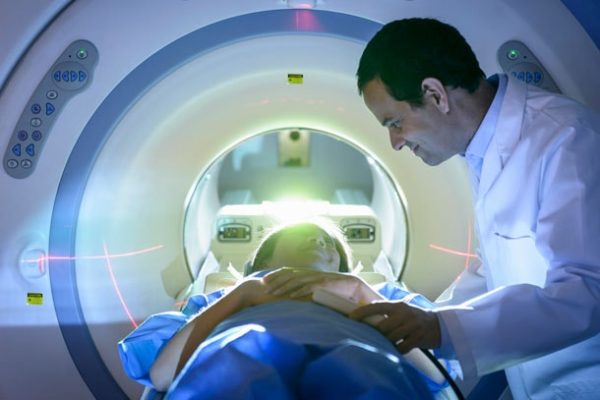
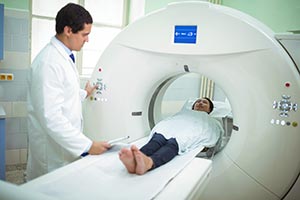 Since 1989, Max MRI has been providing high technology diagnostic services to the Southern California medical and legal communities. Our clientele is comprised of hospitals, clinics, physicians, Radiologists, Workers’ Compensation and managed care groups, personal injury professionals, and most major PPO insurance providers in Southern California. Max MRI is focused on providing the highest standard in quality care and service through our panel of Board Certified radiologists, our trained technologists, caring staff and management team. Max MRI currently operates and manages over 7 convenient locations, providing services to referring physicians throughout California.
Since 1989, Max MRI has been providing high technology diagnostic services to the Southern California medical and legal communities. Our clientele is comprised of hospitals, clinics, physicians, Radiologists, Workers’ Compensation and managed care groups, personal injury professionals, and most major PPO insurance providers in Southern California. Max MRI is focused on providing the highest standard in quality care and service through our panel of Board Certified radiologists, our trained technologists, caring staff and management team. Max MRI currently operates and manages over 7 convenient locations, providing services to referring physicians throughout California.